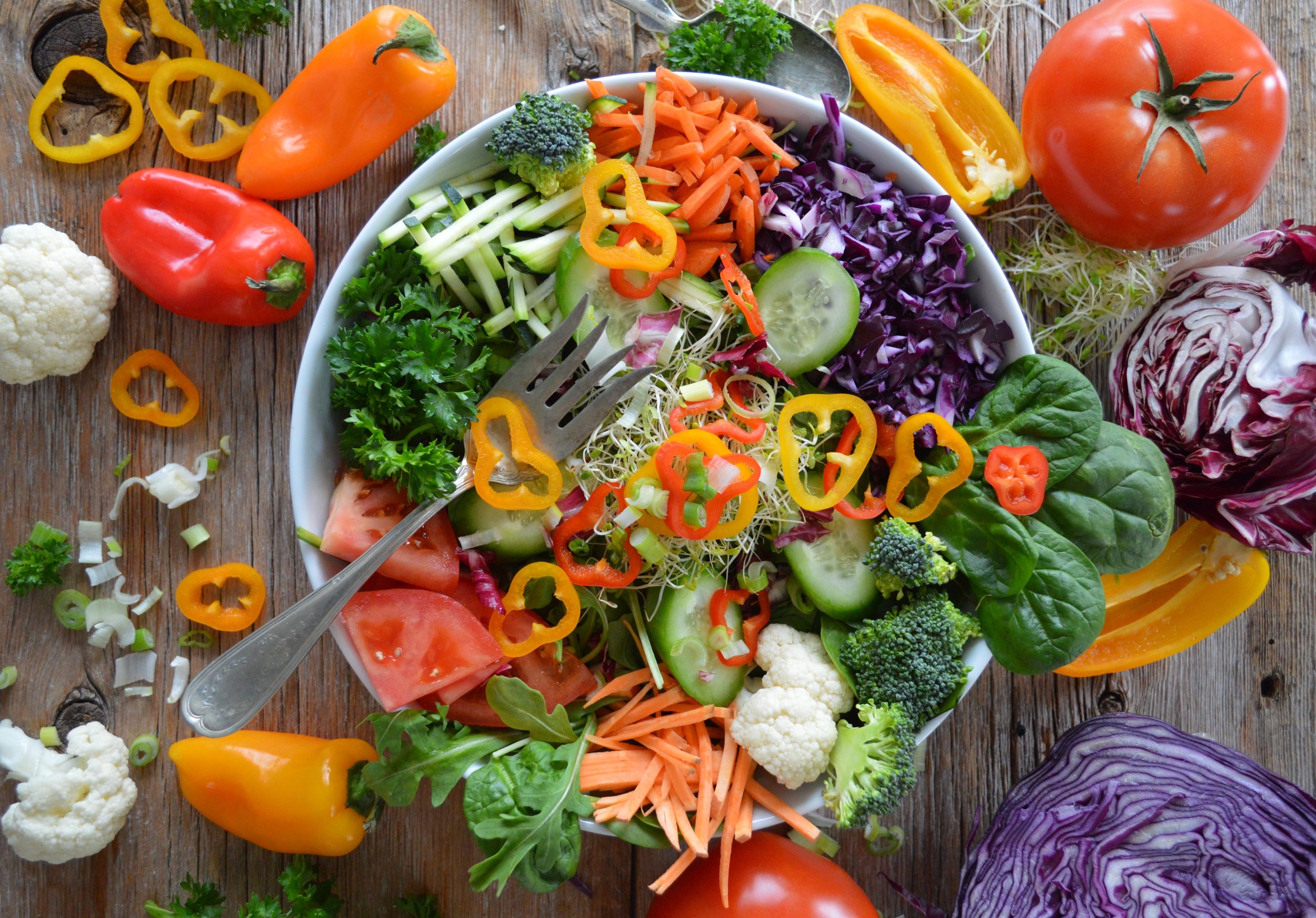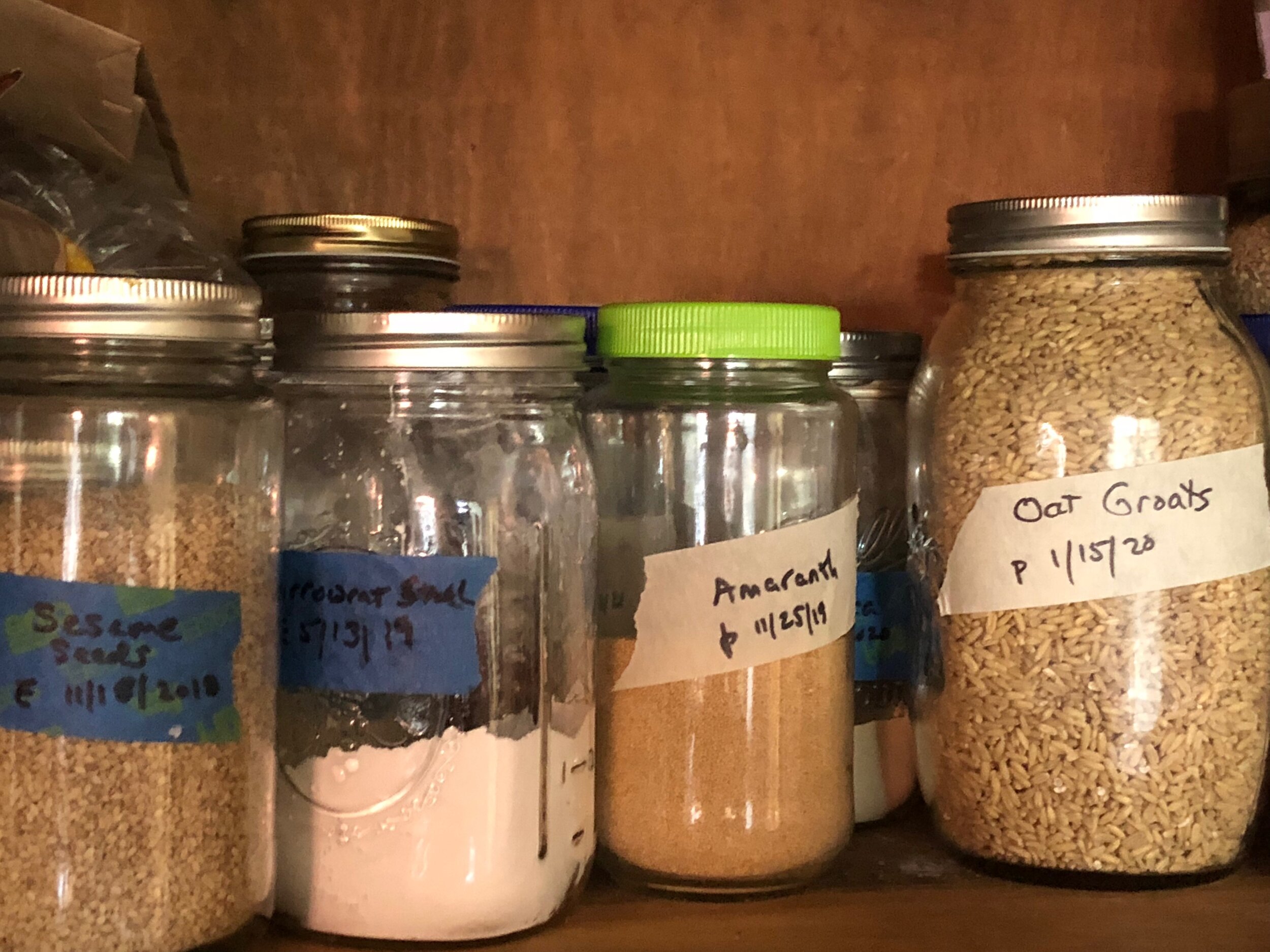Reduce, Reuse and Recycle Your Food Waste Packaging
/Modern living provides many conveniences. Unfortunately, those conveniences also come with a suffocating amount of packaging and waste material. The most ubiquitous are glass, paper and plastic.
These include:
Paper-based cartons from packaged foods
Cellophane and paper wrapping from perishables at supermarkets like Trader Joe’s
Cardboard shipping boxes from Amazon and other online retailers
Plastic food and cosmetics containers of all shapes and sizes
Glass jars
Much of this ends up in landfills or recycle bins. But a lot of it can be reused – in particular, glass jars.
Glass Jars: So Many Functional And Creative Uses
Have you ever noticed the wide array of glass jars that seems to proliferate around foodies? They tend to have jars all over their homes. Glass is an incredibly durable, safe and functional material that has an almost endless supply of uses.
Glass jars enjoy a very hearty second life in our household. They can be reused for a wide variety of purposes:
Wide-mouth glass salsa jars can be used for homemade sauces like applesauce and barbecue sauce, homemade pesto or dried fruits like raisins, plums and goji berries.
Narrower 24-oz glass mayonnaise jars (like those from Primal Kitchen or Chosen Foods) can be filled with homemade nut milks, grape juice or morning smoothies.
Glass spice containers can be refilled with bulk spices at stores like Whole Foods and Cooportunity. With the easy availability of bulk spices in major American cities, there is no reason to throw away those cute little jars only to buy a new one right afterward.
Larger glass jars (32-oz, 64-oz and larger) can be filled with bulk grains like oatmeal and flour. These can be labeled and stored in your pantry.
Tall, skinny olive jars can be turned into vases and filled with water and freshly-cut flowers.
Jam jars can be used to grow plants with large pits such as avocados and asparagus, or even Chinese Lucky Bamboo plants. You can even fill them with potting soil and add seeds and water.
Jam jars can also be used as drinking glasses. When your drinking glasses all break, as will inevitably happen when you’ve got a family, you’ve got a whole new supply waiting for you! We’ve even gotten into the habit of using 8-oz mason jars as drinking glasses when we’ve worn out or lost the tops.
Those 12- or 13-oz glass bottles of kombucha or almond milk that you purchase at the Farmer’s Market on a whim or that you buy at a health food store can be refilled with your own home-brewed kombucha. Don’t recycle them so quickly!
This only scratches the surface for reusing glass jars! Additional non-kitchen or non-food uses include using jars to organize the odds-and-ends in your desk drawer, your kids’ bedroom or your bathroom.
Cardboard: Projects For Your Kids
Rather than throwing them away, or even recycling them, I hand over the cardboard boxes to my kids. They’ve made toy robots out of them, used them for storing toys and hacked them apart into a myriad of construction projects. In our home, boxes enjoy a long second life.
Plastic: Few Second-LIfe Uses
Plastic is ubiquitous in the modern supermarket. It is most commonly associated with soda bottles and bottled water. However, many packaged foods (such as yogurt and plant-based milks) also come in plastic packaging.
Unlike cardboard and glass, plastic has very limited secondhand uses.
Unfortunately, empty plastic food containers should not be reused for a variety of reasons:
Plastic containers cannot be heated or cooled too much because they may leach chemicals into the food.
They absorb aromas, colors and dyes.
They may also grow mold from excess moisture.
Most plastic food packaging containers are not dishwasher-safe.
Finally, plastic containers are not usually clear, so you can’t see what’s inside. This limits the utility of using them as storage for food. One good use, though, is for refilling salt: You could buy a plastic container of Himalayan pink salt, then refill it with salt from a supermarket bulk bin.
A good non-food use is for storing kids’ pencils and crayons, as well as other little toys.
Your Turn: How Have You Reused Glass Jars?
When it comes to glass, there’s no need for anything to go to waste. What other uses for glass jars have you discovered?




